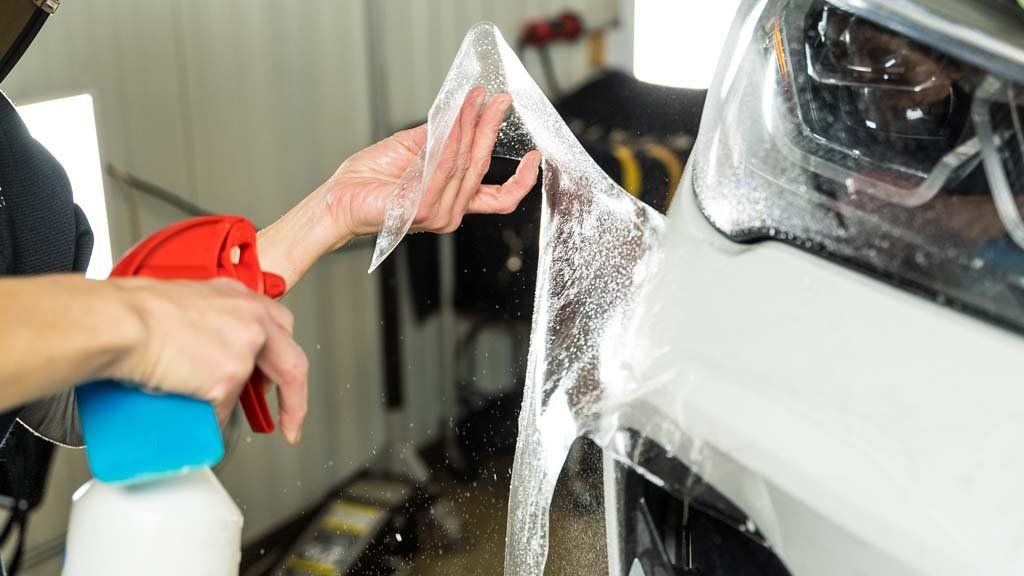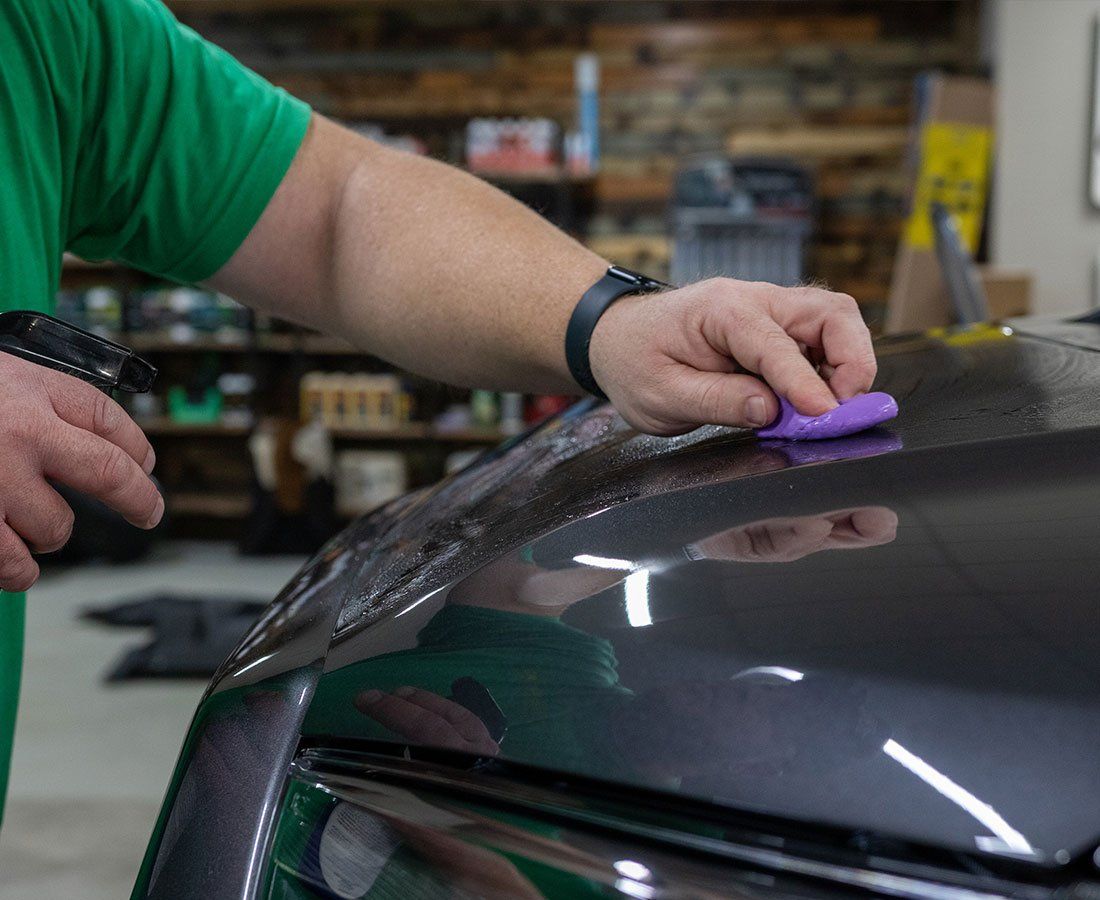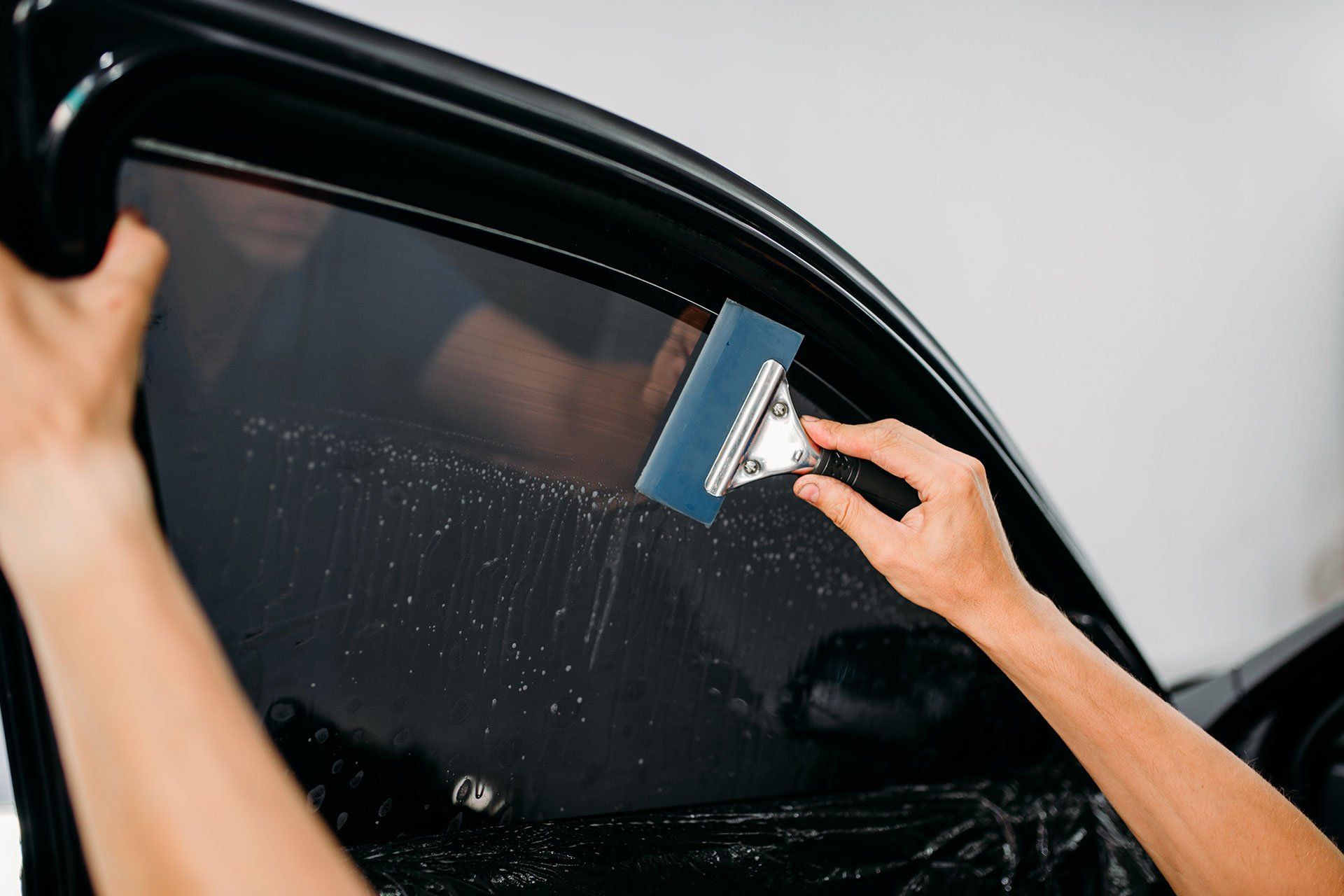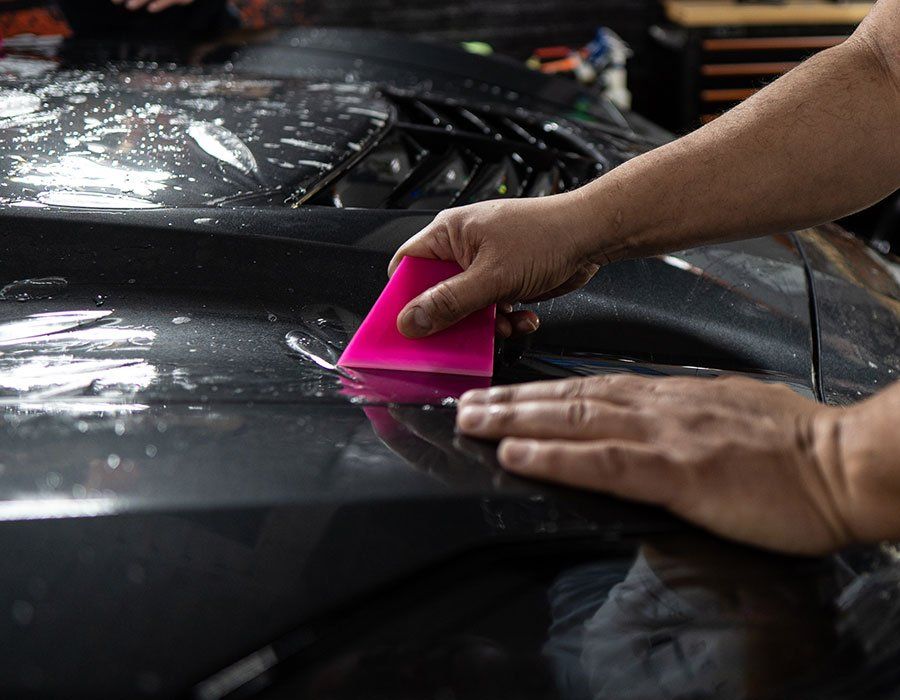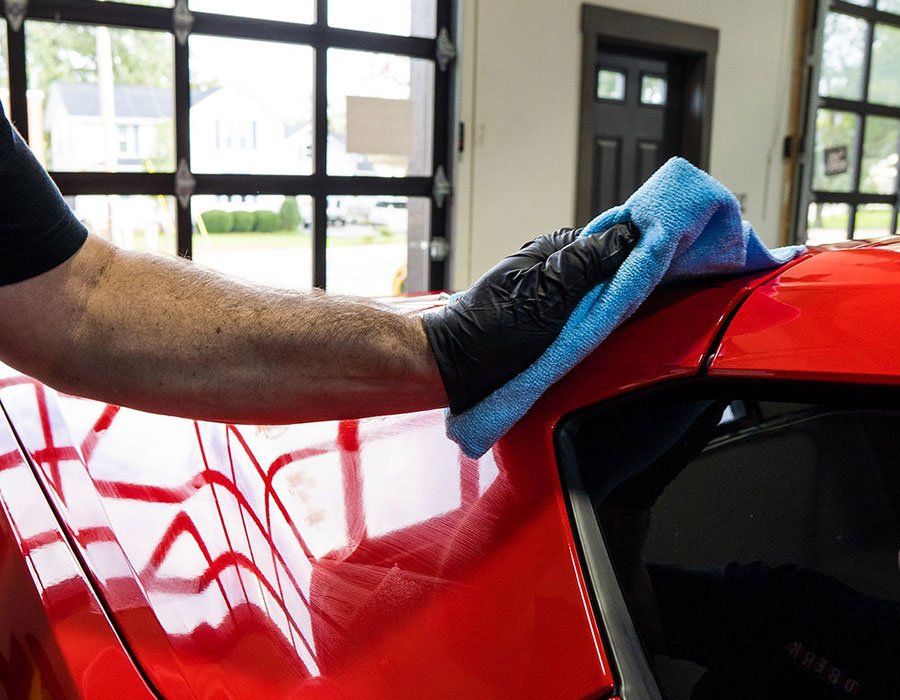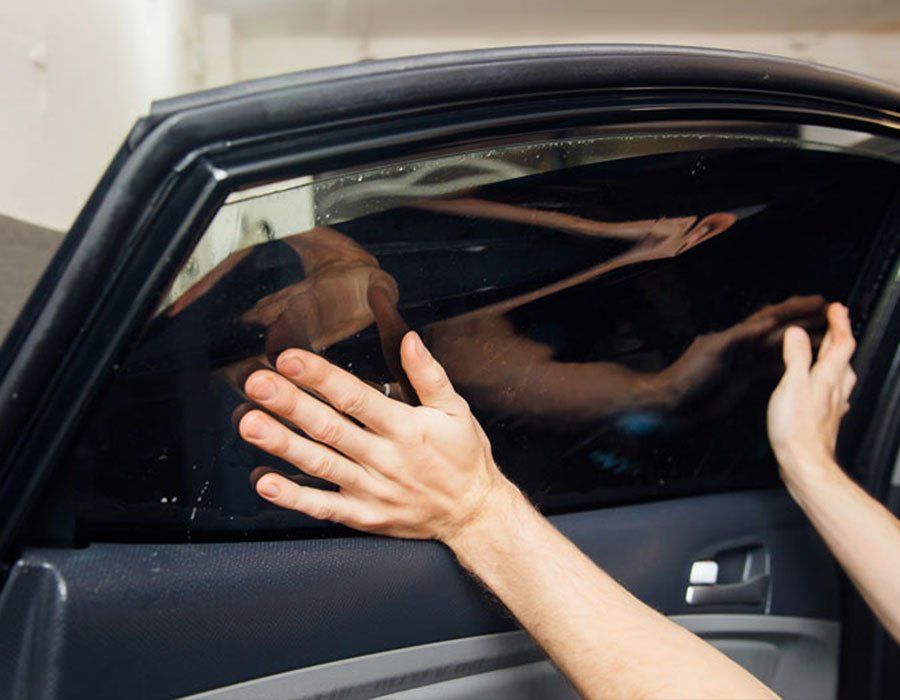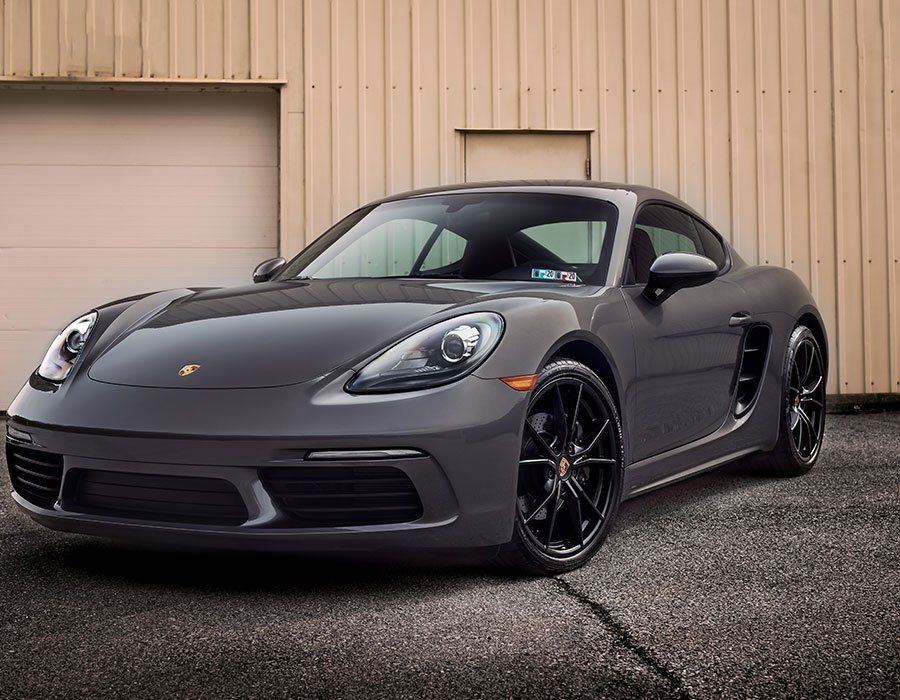Have you recently purchased a new car and are concerned that dents and scratches will damage the paint?Or are you thinking of using your car for advertising and want the paint to serve as a sparkling background? The solution is to have your vehicle coated with PPF.
As its name suggests, its primary function is to provide a smooth, glossy finish while protecting the surface paint from fading. It is primarily a transparent polyurethane-based material that can be restored if the upper layer is scratched. Additionally, it can be used to protect the car's surface from dirt, stains, and stone chips, or it can be used to repaint just the worn-out portions of the paint to restore the area's vivid and fresh appearance.
Let's look at some of the advantages and downsides of paint protection film before deciding whether or not your car needs it.
What is Paint Protection Film (PPF)?
Paint Protection Film (also known as "clear bra," "PPF, etc.) is a relatively thick transparent coating of urethane applied over the body panels to shield the underlying paint. The automobile sector and almost every other industry use urethane as a typical polymer. Urethane is a material that is used in modern automobiles for insulation, sealing, and even interior parts.
The material is highly durable, adaptable, chemically stable, and UV-resistant. Once applied, it acts as a second skin for your car's body panels, shielding the paint from mechanical harm such as dents, surface scratches, and paint chips. It also offers UV protection and chemical deterioration protection.
Pros and Cons of Paint Protection Film
The Pros
Below are the advantages of using the protection film.
- Retention of Resale Value: Besides the fact that paint protection film protects your car from the elements, it also keeps your car's paint in factory condition, giving it a new look when you want to resell it.
- It is Customizable: Depending on how often you use your vehicle or even the roads you travel regularly, you could either opt for a full wrap option or designate vehicle parts for customization.
- Durability: One of the protective benefits of applying paint protection film after purchasing a car is that car owners get to kill two birds with one stone. This is so that you won't have to pay for paint damage for a long period in addition to improving your car's appearance.
- Removes Easily: Unlike the usual paint jobs you know, you can easily peel the self-healing protective films off the painted surface of your automobile without leaving residues.
- Protection Against Chemicals: Paint protection works effectively to nullify any damage caused by harmful pollutants and other chemicals. Apart from the stain resistance and protection against rock chips your car enjoys, paint protection also prevents the paint from corroding.
The Cons
As much as using a protective film is an excellent option for your car, applying it has some downsides. Below are the drawbacks of applying paint protection to your surface.
- It isn't Permanent: The durability of the top protective film brands on the market is one of their main selling points. Although there are different PPF products with varying life spans, paint protection wears off over time. This implies that you may have to replace your vehicle's paint protection after ten or even five years.
- Poor Installation: The last thing you wish to happen is to lose your investment before you profit from it. As a result, getting it done by skilled professionals at a reputed dealership like Auto Film Guys is essential. If you hire a professional, you won't have to worry about bubbles, dust, or debris under your freshly finished PPF covering.
- It isn't Cheap: If you want to apply paint protection film to your car, you should be aware that it is not a cheap task. However, the feeling of knowing that your car's paint is getting protection for a reasonably long time makes using paint protection worth the effort.
- It is Susceptible to Damage: Although PPF films protect your car's exterior, they are not impervious to damage. If your car experiences a lot of wear and tear, there's a chance that it could eventually fade away, and you'll have to replace it in two to three years. This will increase the price and increase the risk of harm to the paint.
Is Paint Protection Film Worth it?
You can decide if a paint protection film service is suitable for your car by weighing its advantages and disadvantages. The benefits outweigh the drawbacks, and having a charmingly decorated car is preferable to one that is unattractive. The drawbacks are there to help you understand some of the less desirable aspects of the process when you choose to go with paint protection. It's always worthwhile in the end. In summary, a paint protection film is a great way to keep your automobile looking new and clean, to sum it up. Nevertheless, whether to get it done or not is dependent on a number of variables, including cost, the installers' level of experience, and your long-term plan for selling your automobile.
Need the Best Paint Protection Film Services in Tarpon Springs, Florida? We've Got Your Back at Auto Film Guys!
Although several paint protection services abound, not all paint protection installation jobs are equal in terms of quality or protecting vulnerable areas.
There is a significant variation in installation quality, and that quality has the most impact on how your car will appear afterward. Therefore, if you live anywhere around Tarpon Springs, you can head down to the Auto Film Guys outlet in Florida for one of the best paint protection treatments in the industry.
While it may look like careful driving keeps your paintwork flawless, road hazards and debris have no regard for your paint and will harm it without hesitation. We install XPEL paint protection films designed to mend minor abrasions and scratches at our Tarpon Springs, Florida, car protection facility. Why take a chance when there is such technology available? Also, if you want to give your cars' surfaces a gleaming appearance, Auto Film Guys offers services for ceramic coatings.
Contact us to get a free quote.
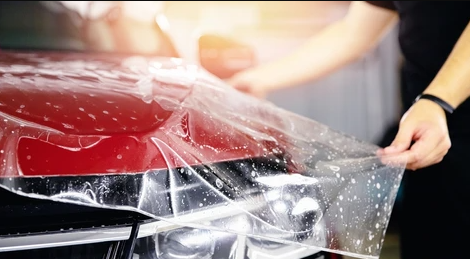
The Auto Film Guys Blog
